Introduction :
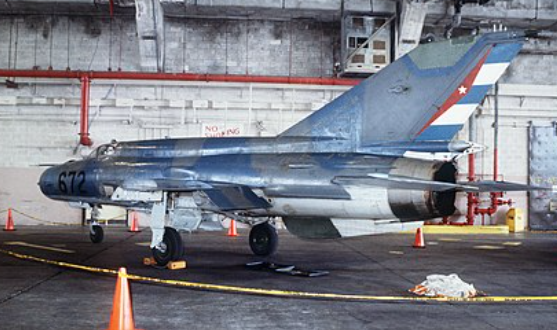
Cuban Mig-21
The Mikoyan-Gurevich MiG-21 (Russian: ?????? ? ??????? ???-21; NATO reporting name: Fishbed) is a supersonic jet fighter and interceptor aircraft, designed by the Mikoyan-Gurevich Design Bureau in the Soviet Union. Its nicknames include: "Balalaika", because its planform resembles the stringed musical instrument of the same name; "Olówek", Polish for "pencil", due to the shape of its fuselage,[2] and "Én B?c", meaning "silver swallow", in Vietnamese.
Approximately 60 countries across four continents have flown the MiG-21, and it still serves many nations seven decades after its maiden flight. It set aviation records, becoming the most-produced supersonic jet aircraft in aviation history, the most-produced combat aircraft since the Korean War and, previously, the longest production run of any combat aircraft.
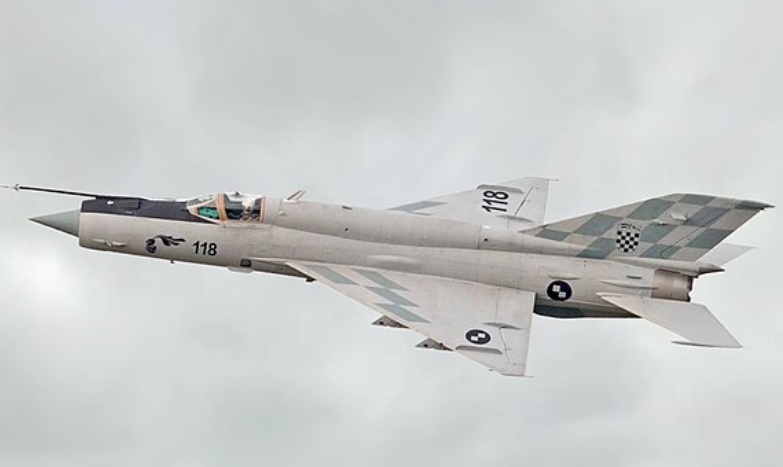
Design
The MiG-21 has a delta wing. The sweep angle on the leading edge is 57° with a TsAGI S-12 airfoil. The angle of incidence is 0° while the dihedral angle is -2°. On the trailing edge there are ailerons with an area of 1.18 m2, and flaps with an area of 1.87 m2. In front of the ailerons there are small wing fences.[9]
The fuselage is semi-monocoque with an elliptical profile and a maximum width of 1.24 m (4 ft 1 in). The air flow to the engine is regulated by an inlet cone in the air intake. On early model MiG-21s, the cone has three positions. For speeds up to Mach 1.5, the cone is fully retracted to the maximum aft position. For speeds between Mach 1.5 and Mach 1.9 the cone moves to the middle position. For speeds higher than Mach 1.9 the cone moves to the maximum forward position. On the later model MiG-21PF, the intake cone moves to a position based on the actual speed. The cone position for a given speed is calculated by the UVD-2M system using air pressures from in front and behind the compressor of the engine. On both sides of the nose, there are gills to supply the engine with more air while on the ground and during takeoff. In the first variant of the MiG-21, the pitot tube is attached to the bottom of the nose. After the MiG-21P variant, this tube is attached to the top of the air intake. Later versions shifted the pitot tube attachment point 15 degrees to the right, as seen from the cockpit, and had an emergency pitot head on the right side, just ahead of the canopy and below the pilot's eyeline.
Specifications
General Characteristics
- Created On Android
- Wingspan 30.2ft (9.2m)
- Length 65.9ft (20.1m)
- Height 17.5ft (5.3m)
- Empty Weight 10,520lbs (4,772kg)
- Loaded Weight 14,708lbs (6,671kg)
Performance
- Power/Weight Ratio 0.763
- Wing Loading 26.2lbs/ft2 (128.1kg/m2)
- Wing Area 560.7ft2 (52.1m2)
- Drag Points 4614
Parts
- Number of Parts 105
- Control Surfaces 3
- Performance Cost 494

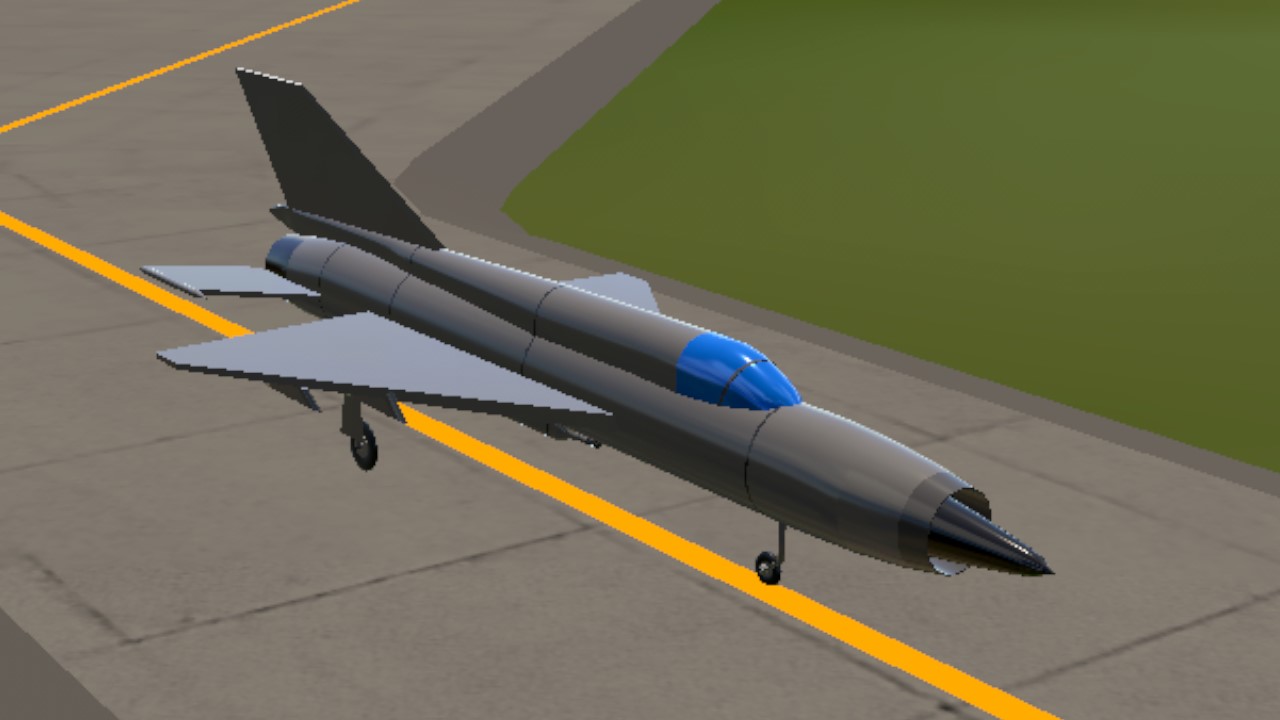
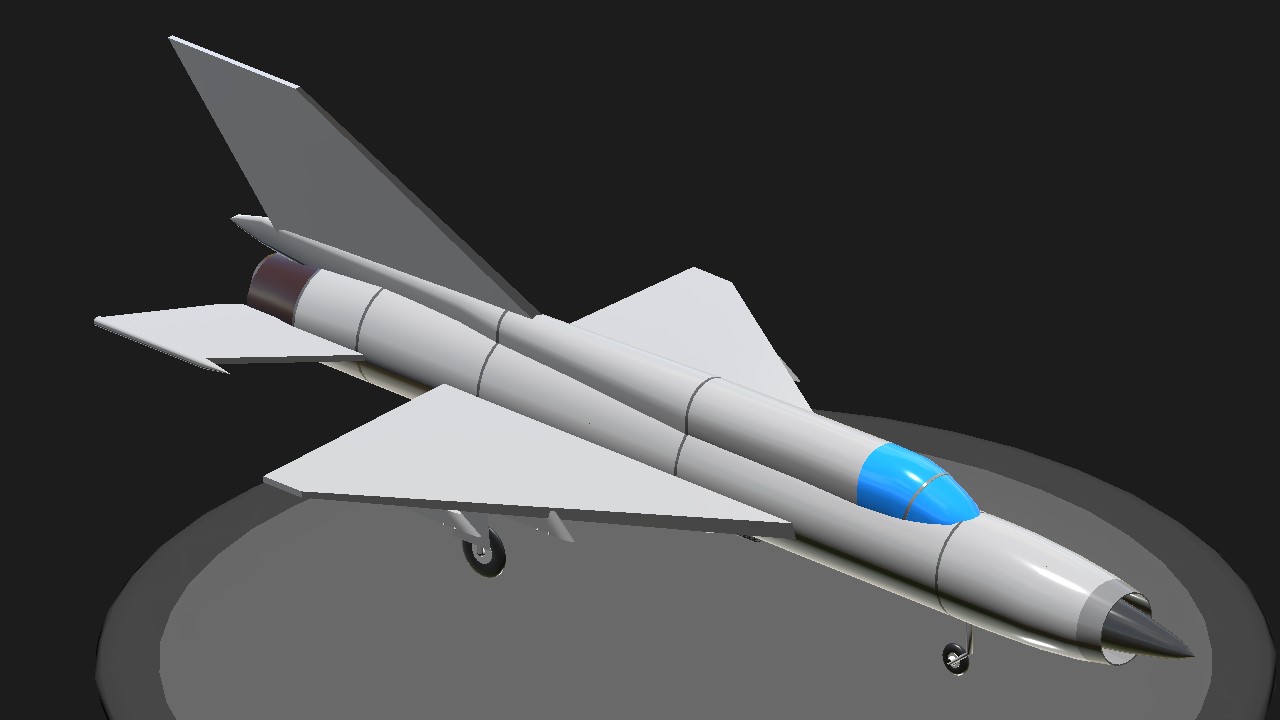
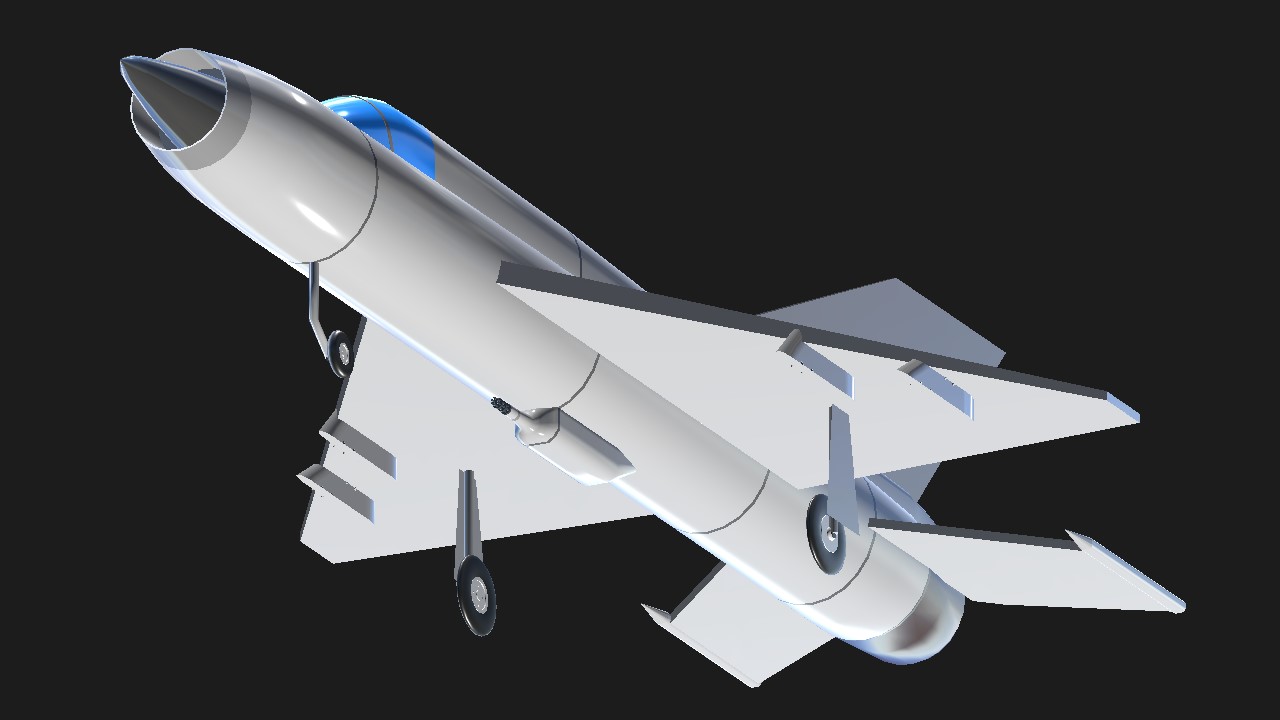
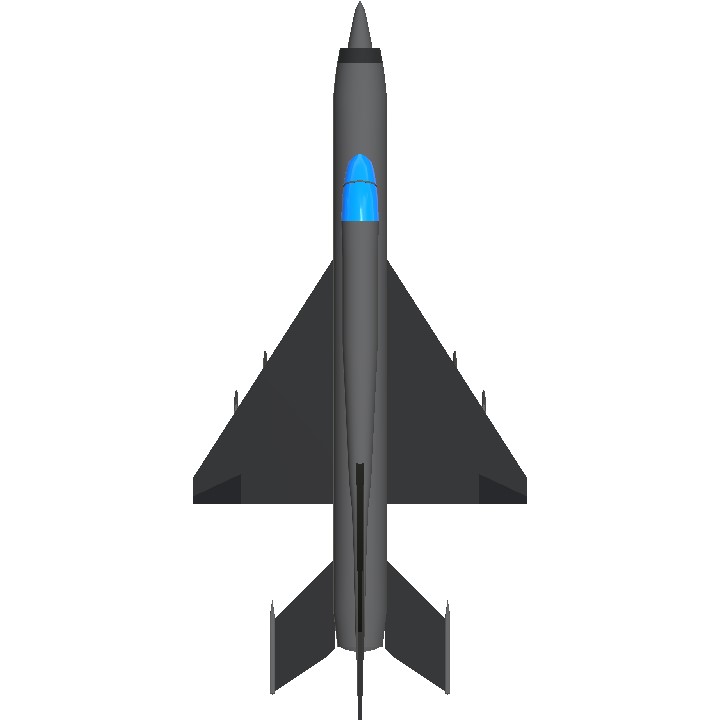
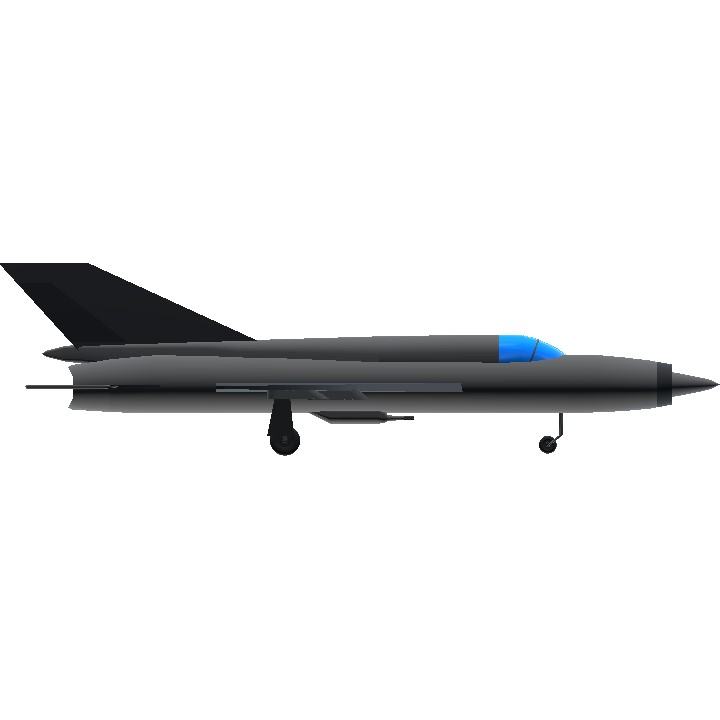
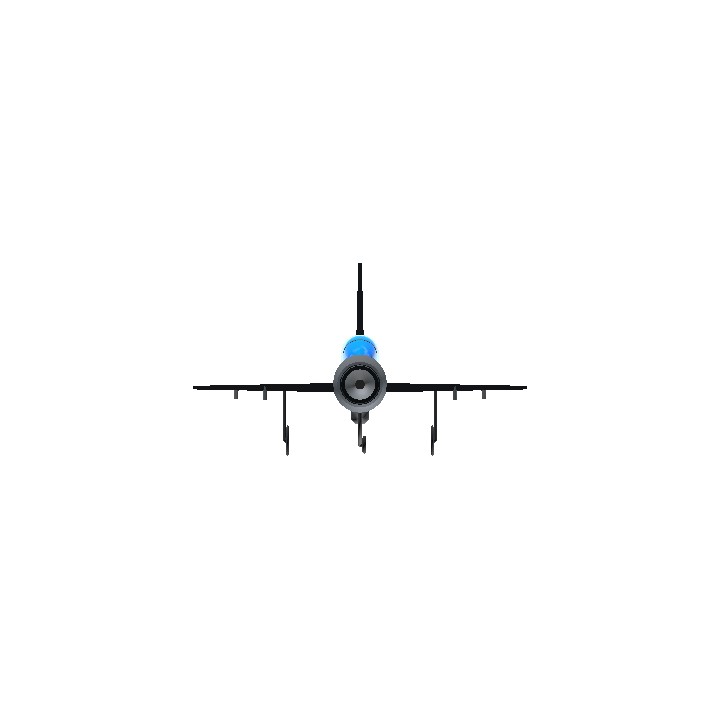
@Trainzo thank you :D
Nice Mig 21 .